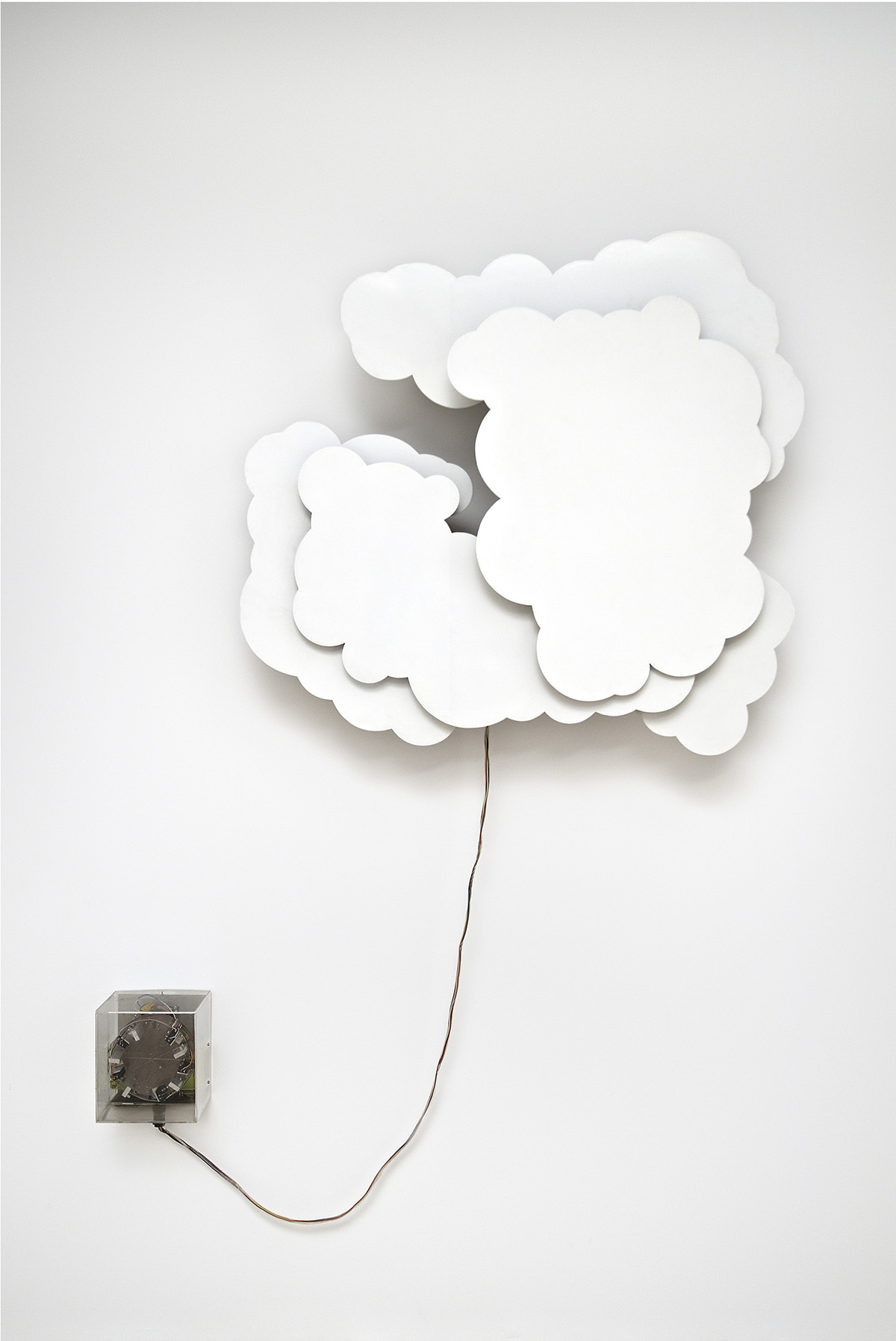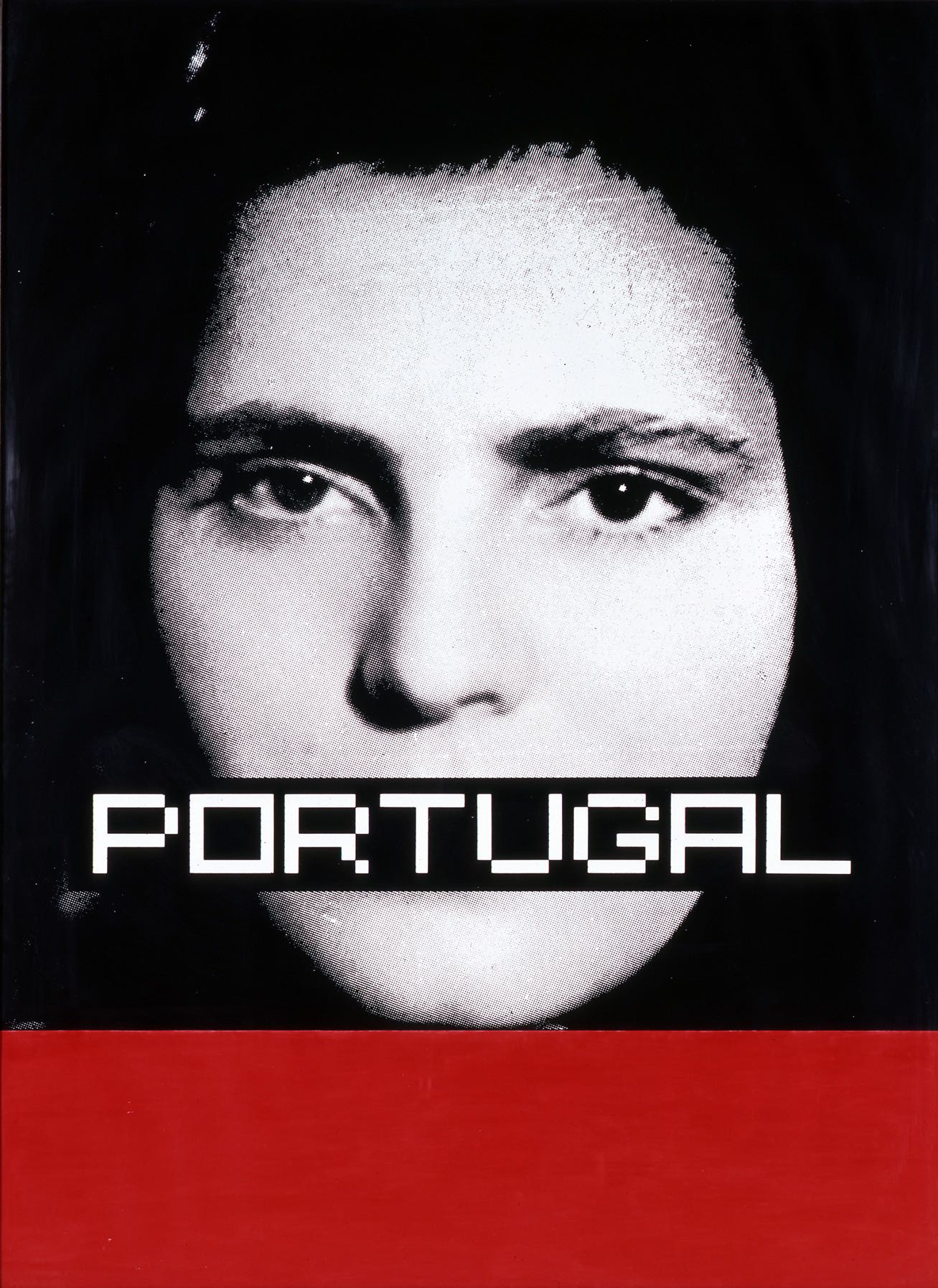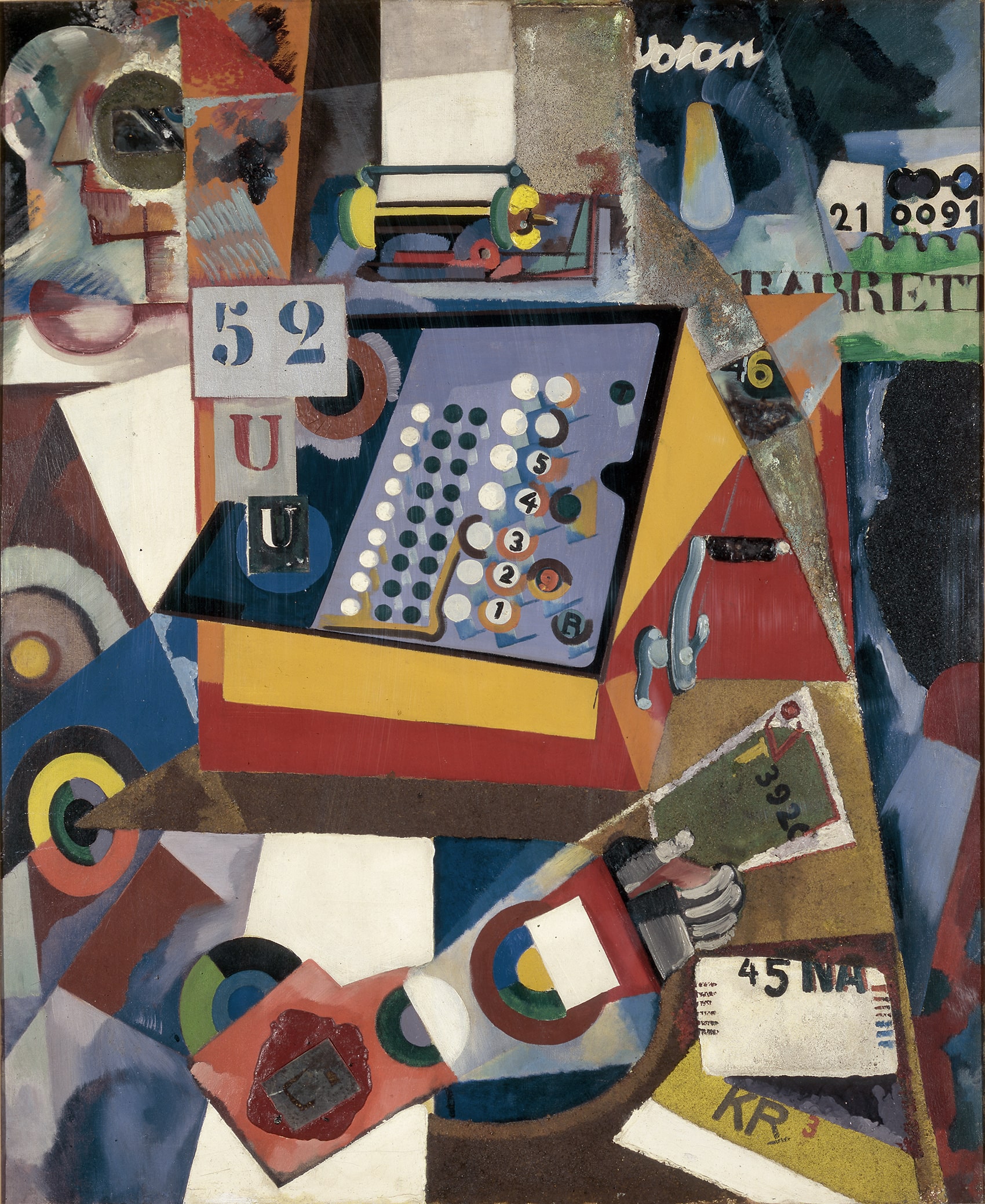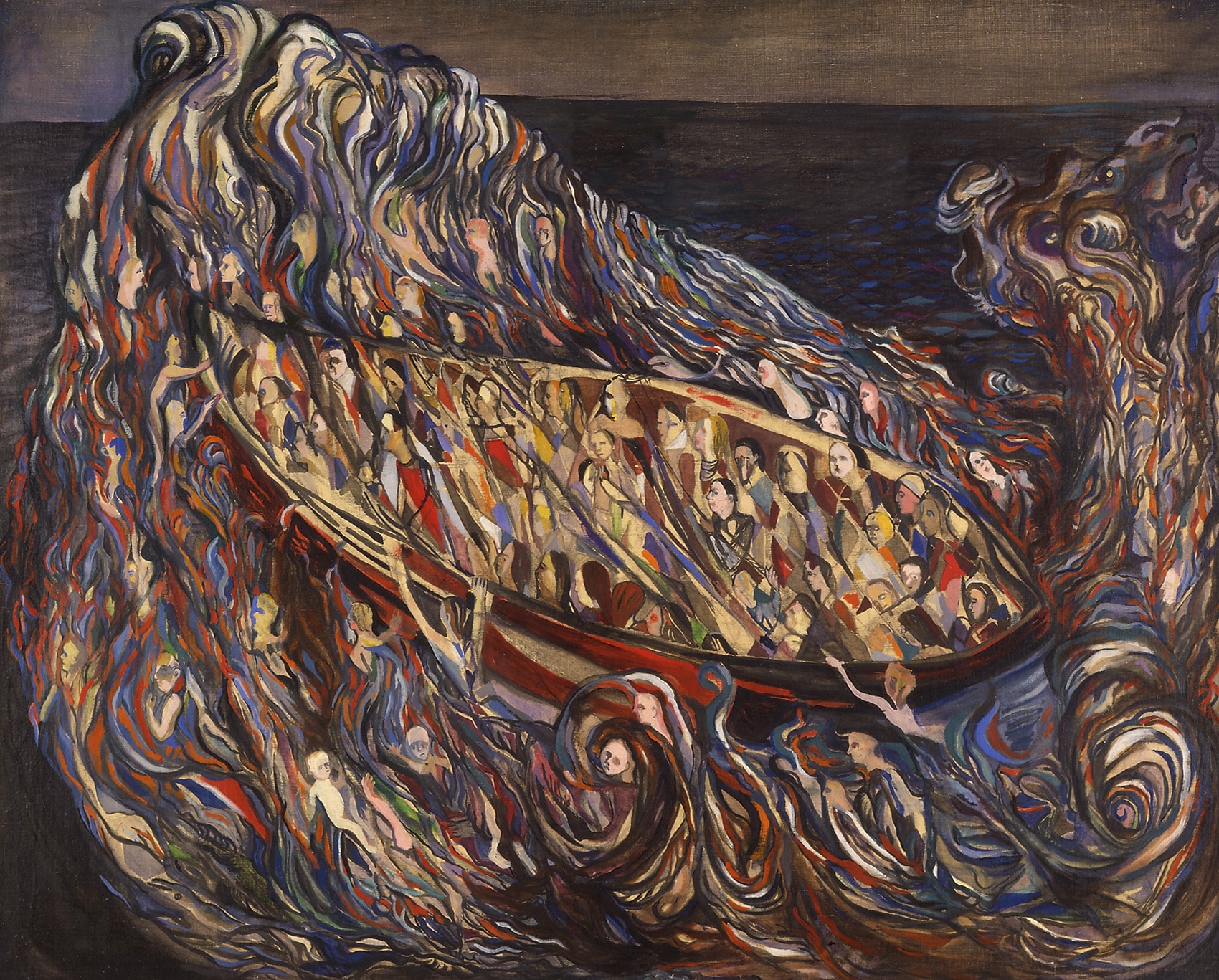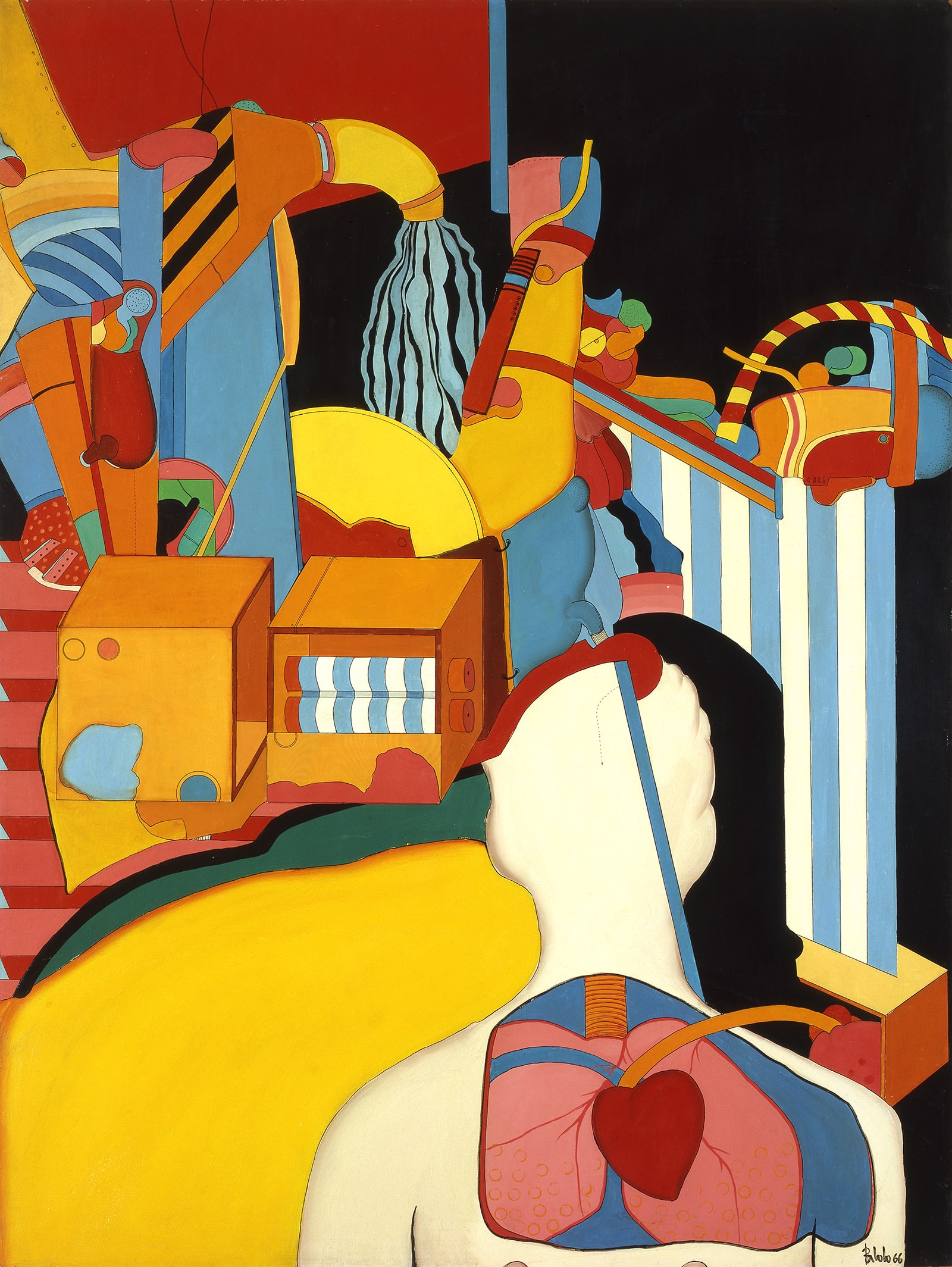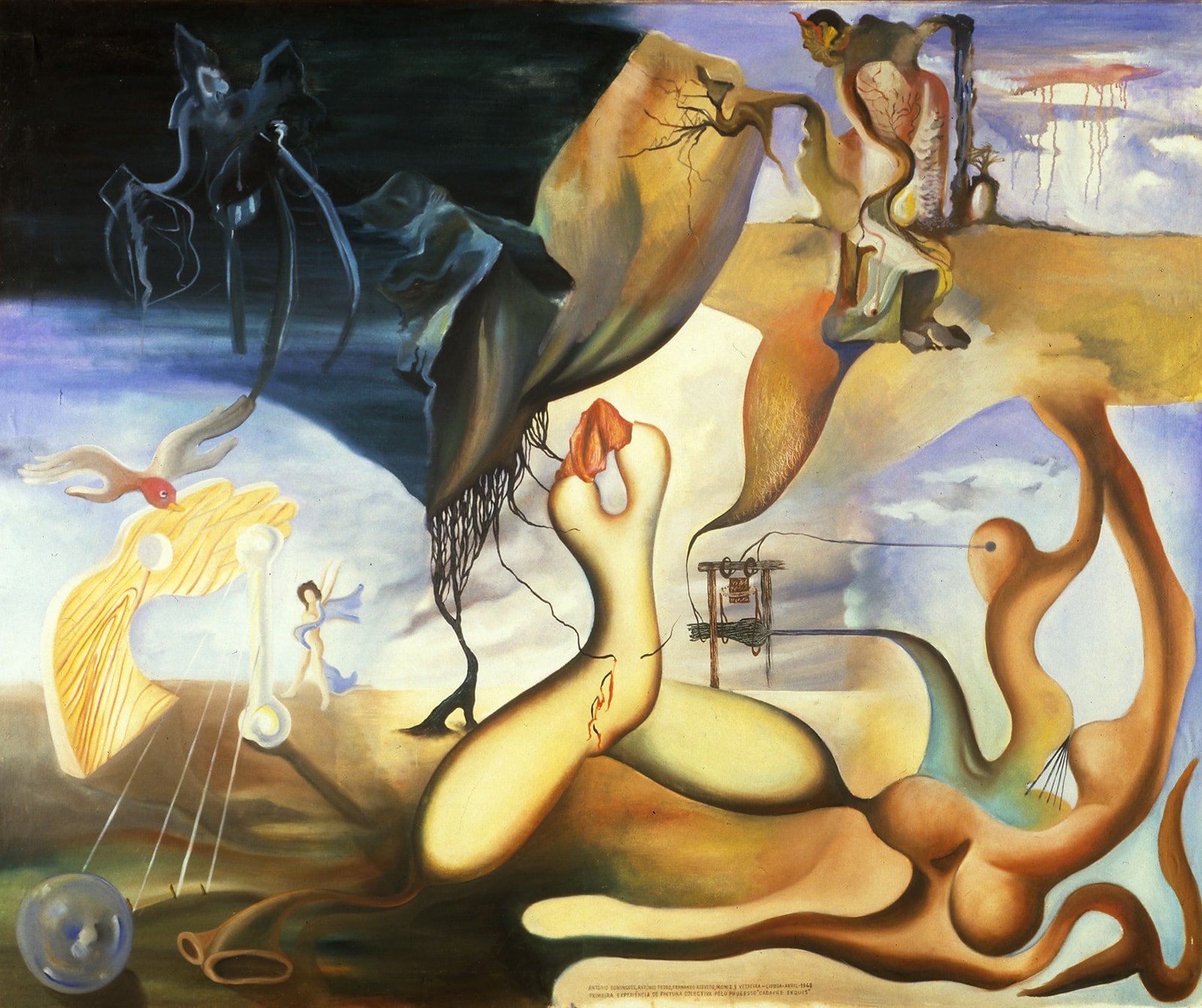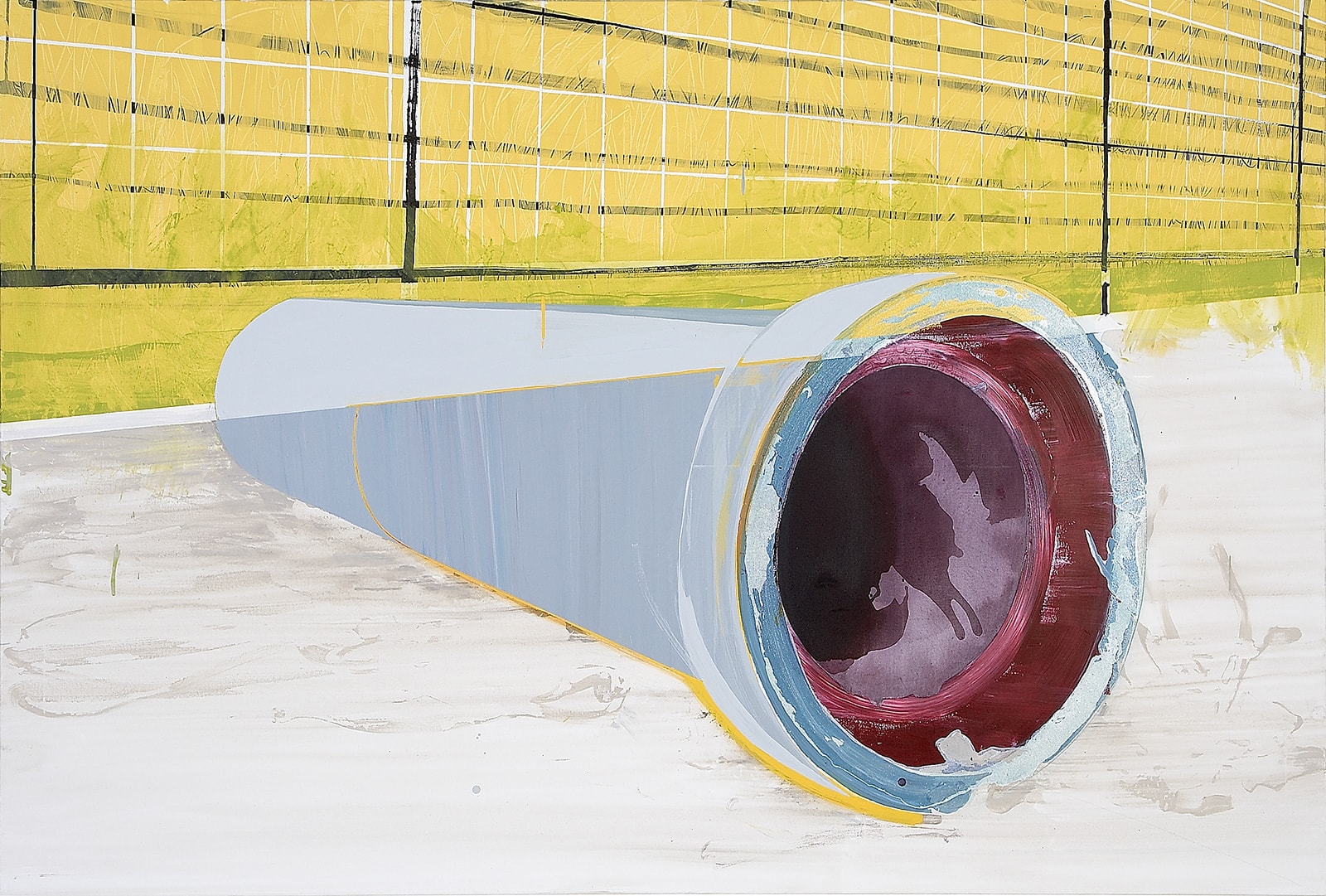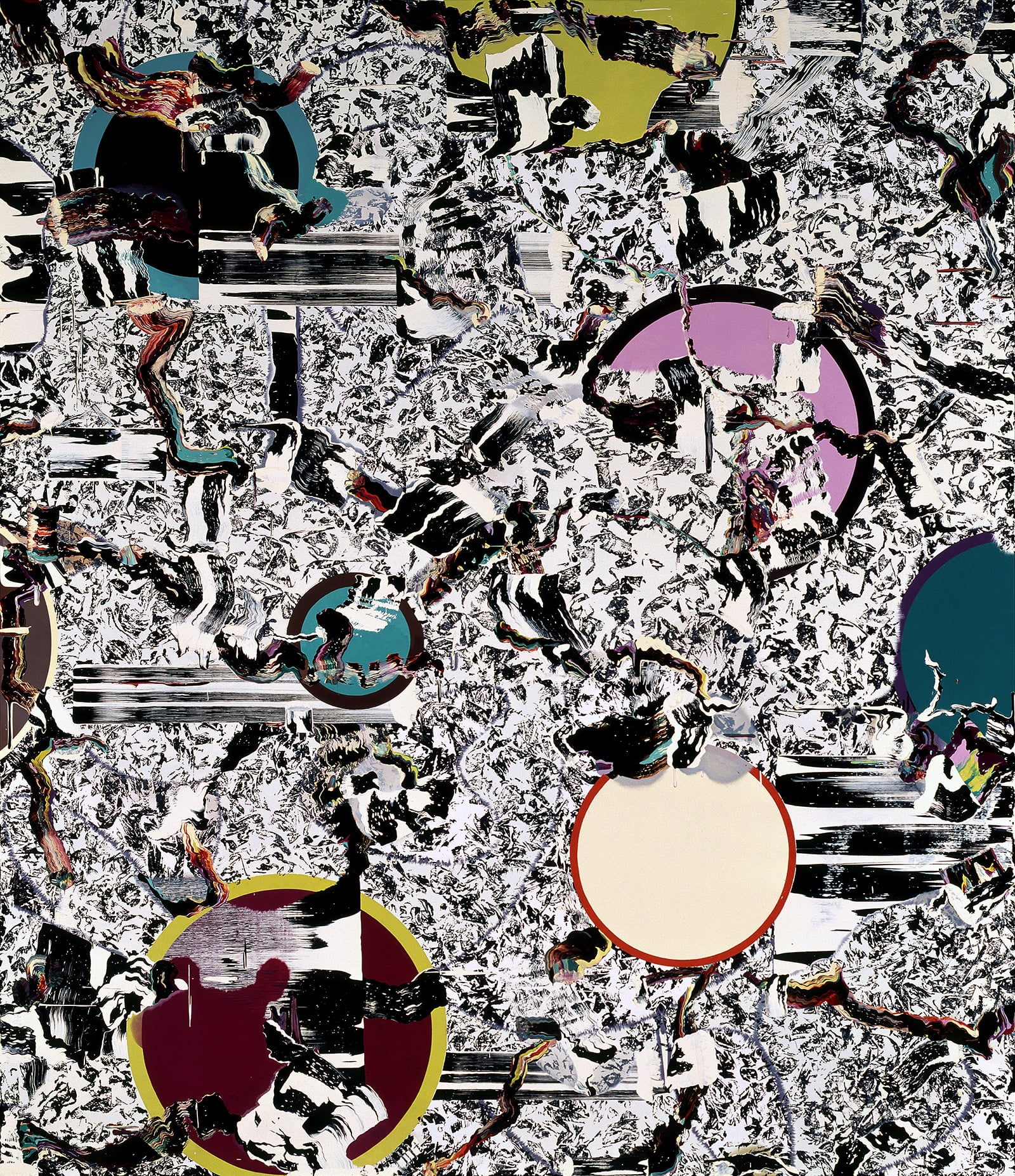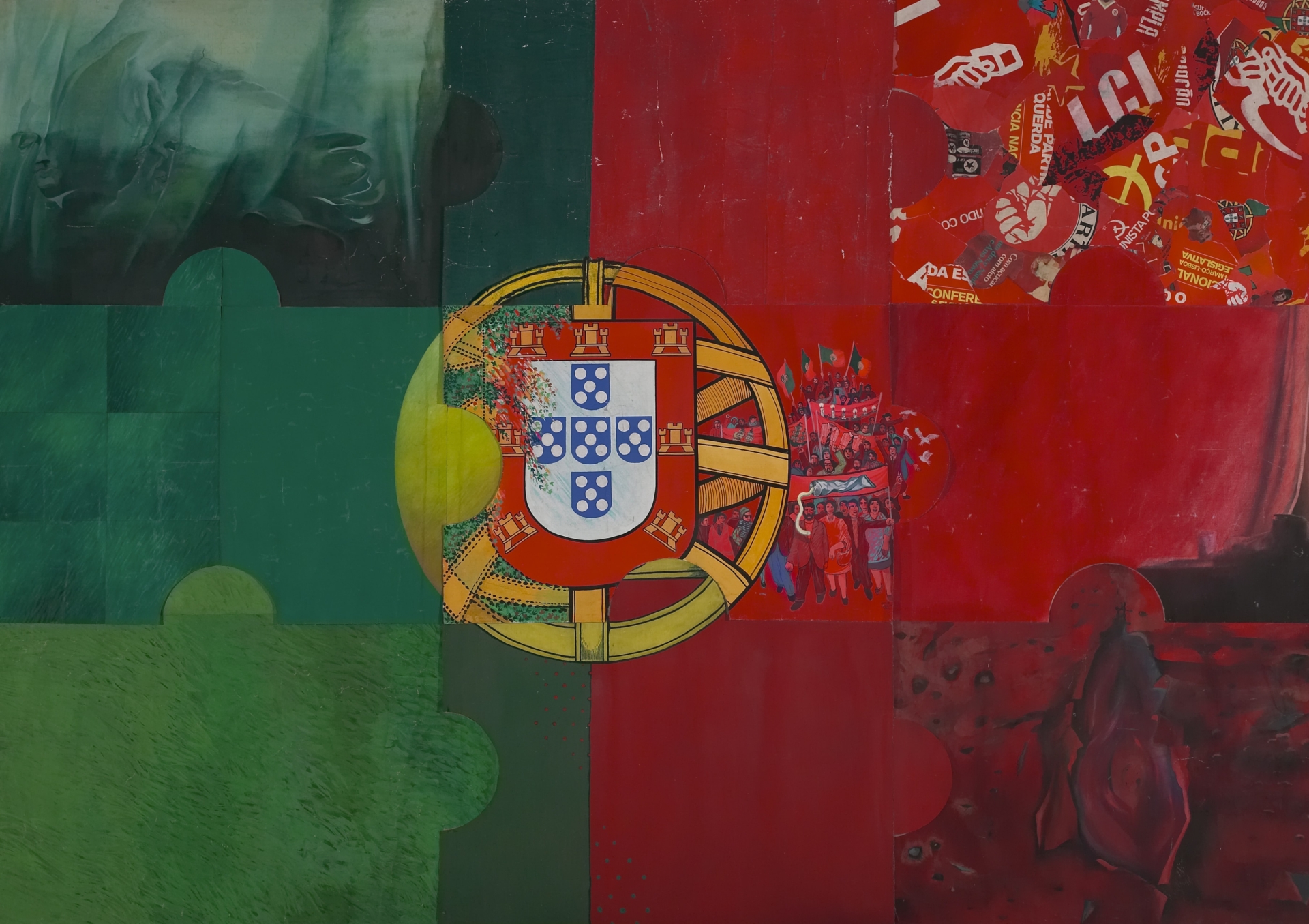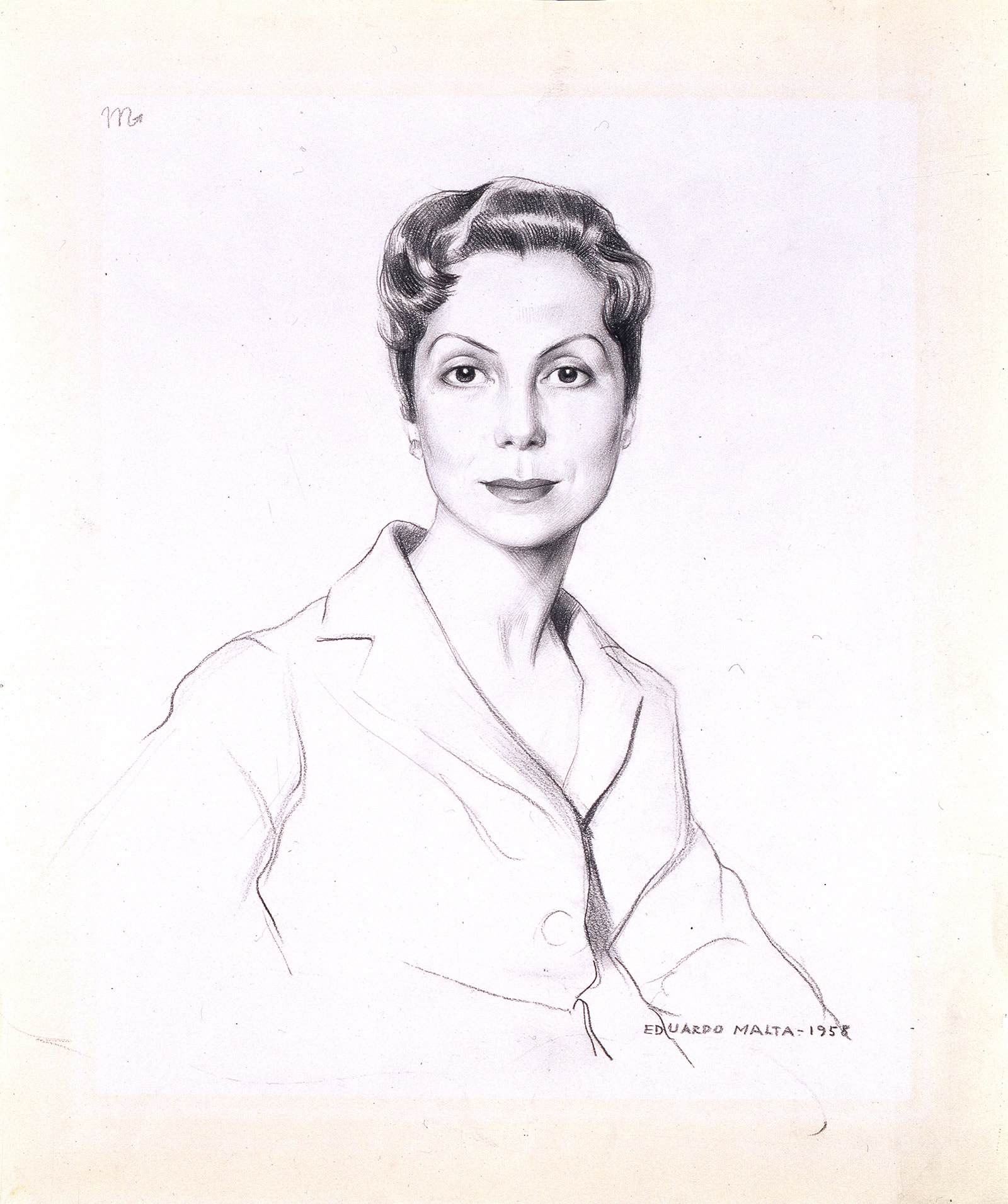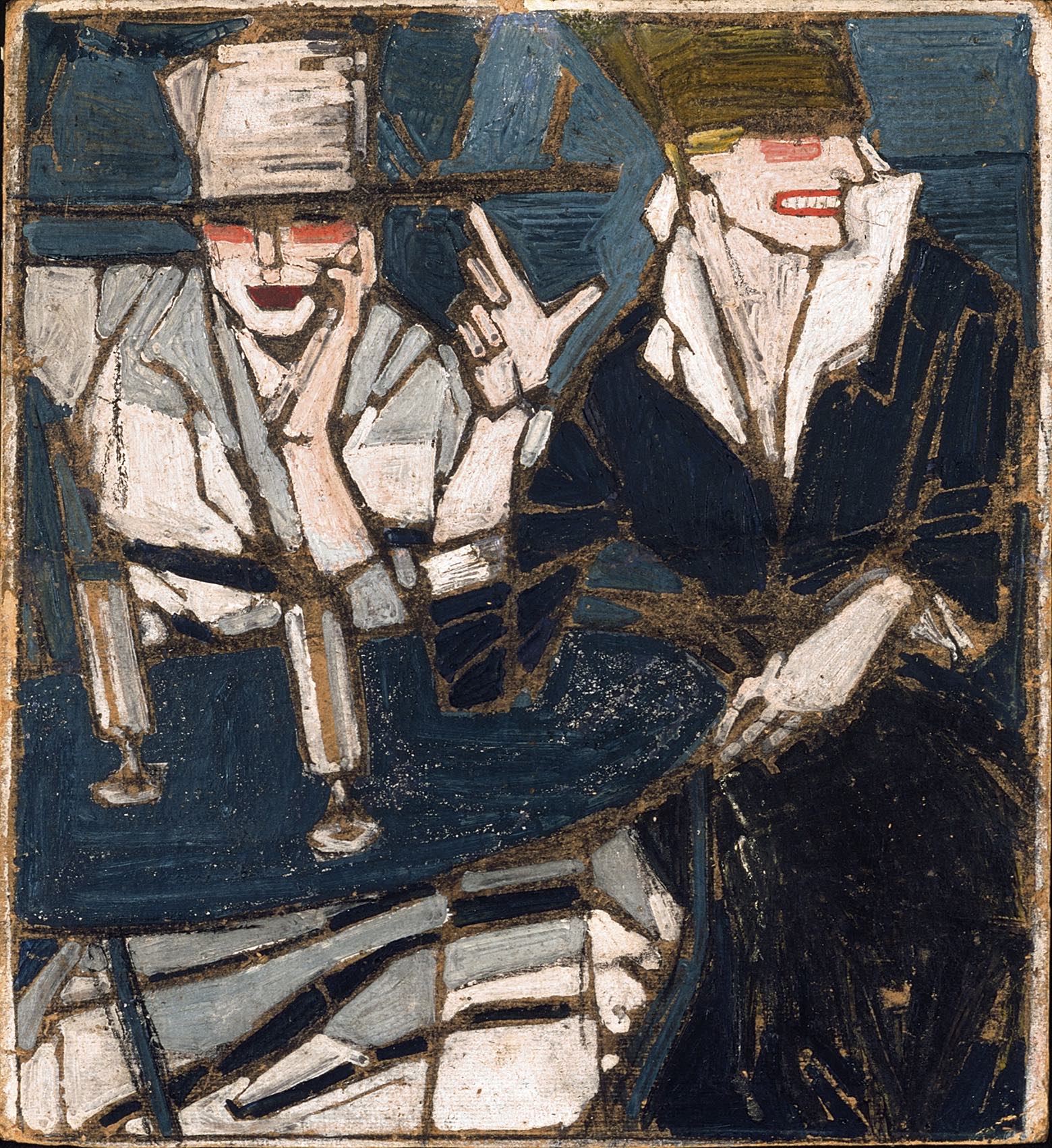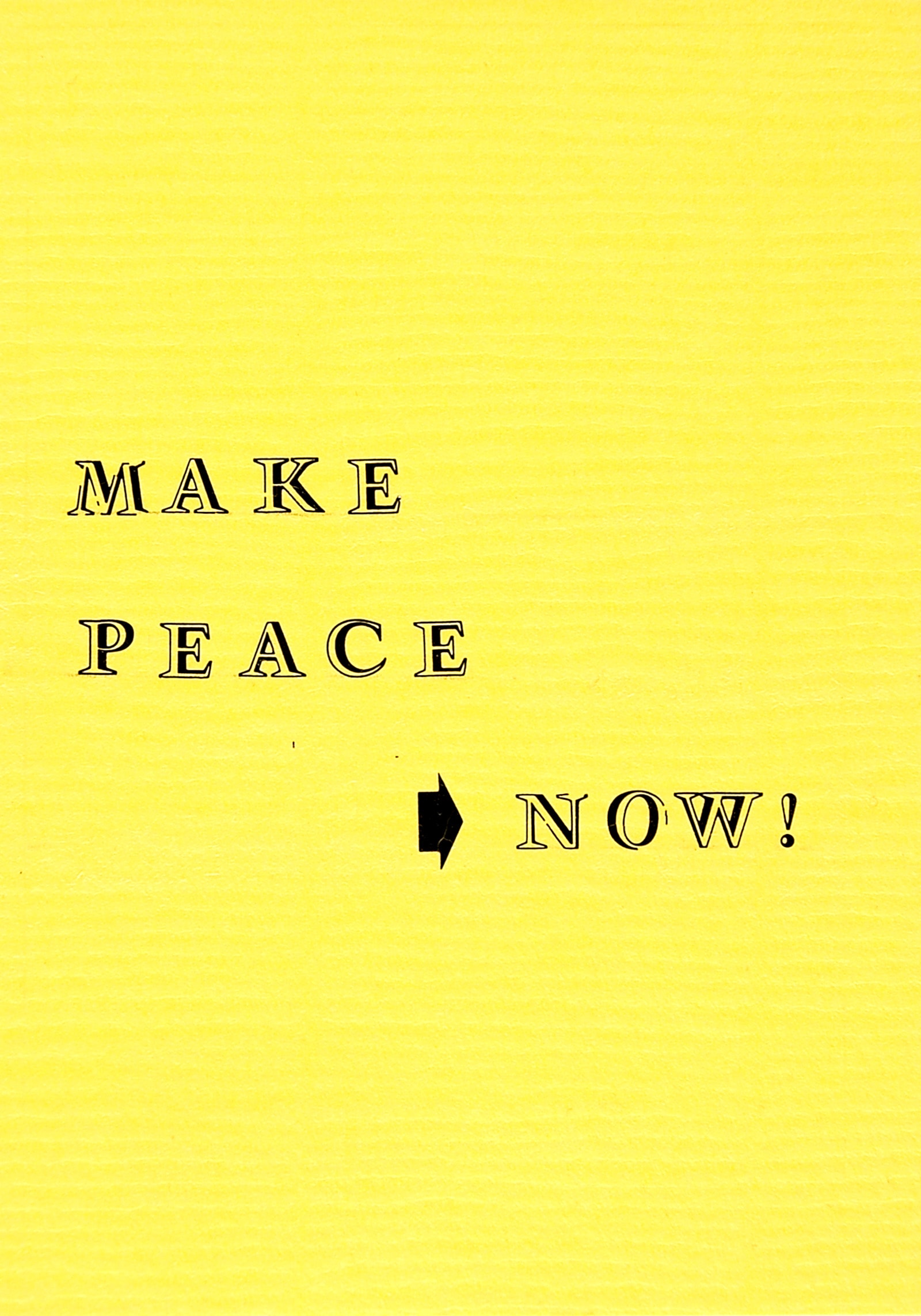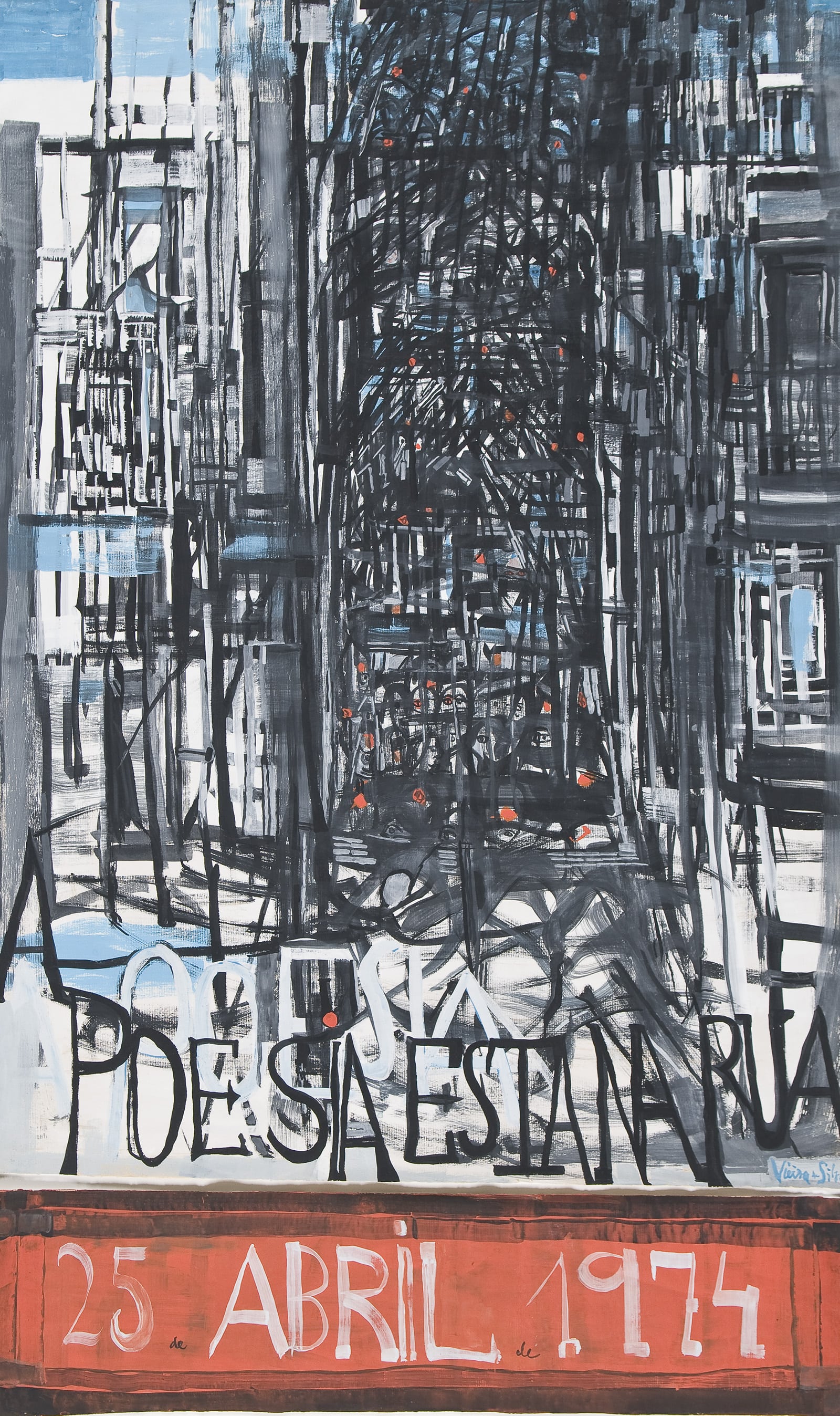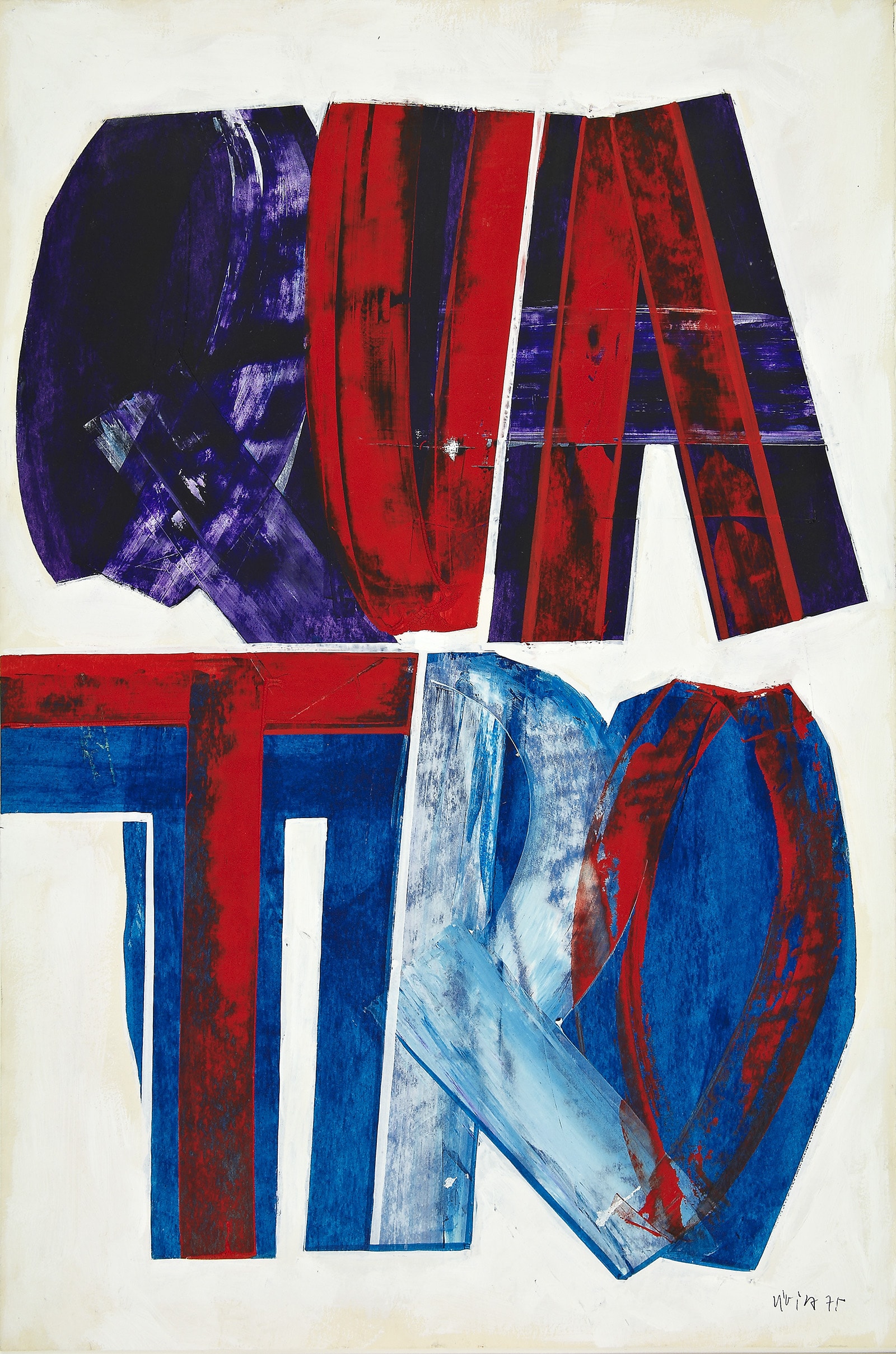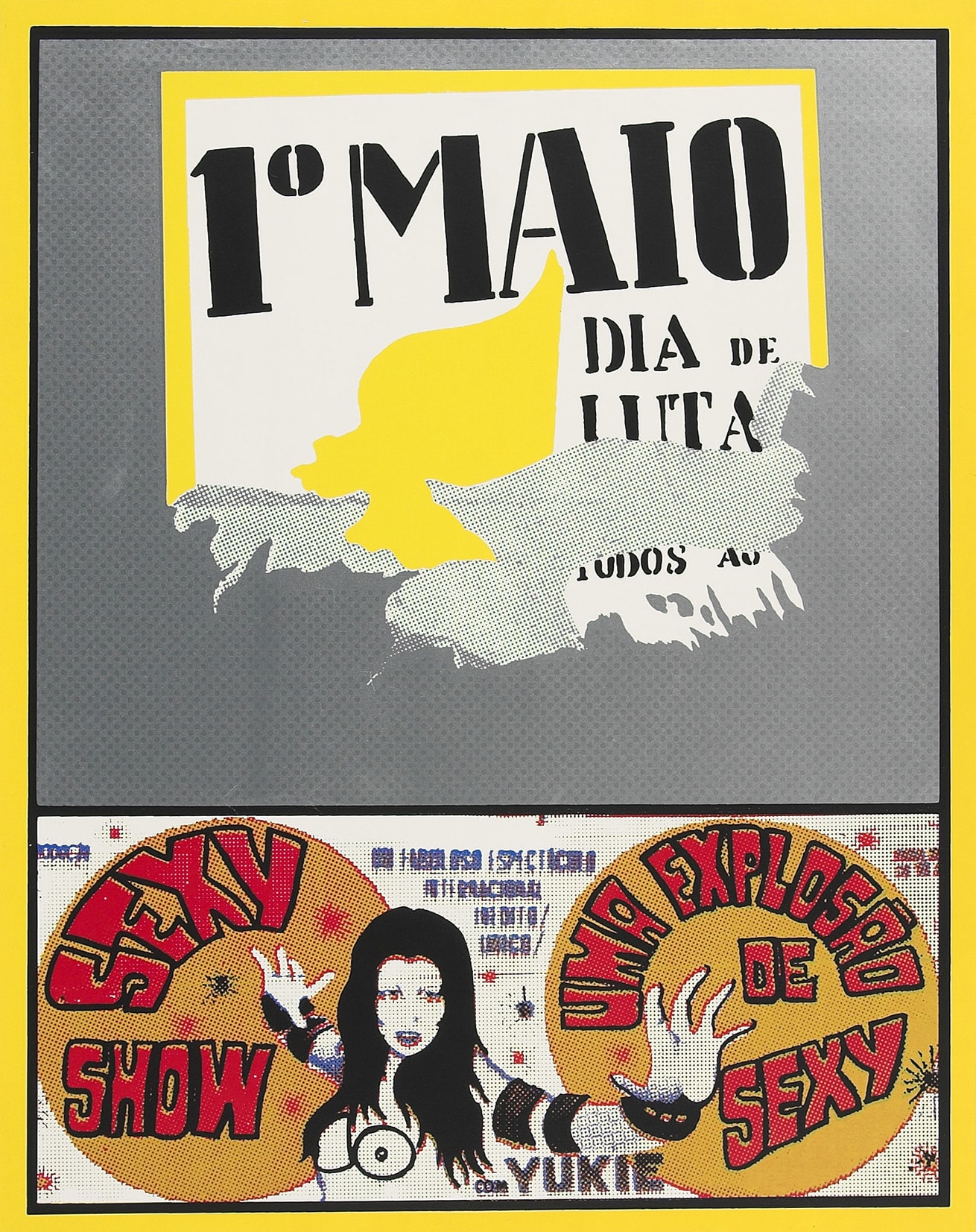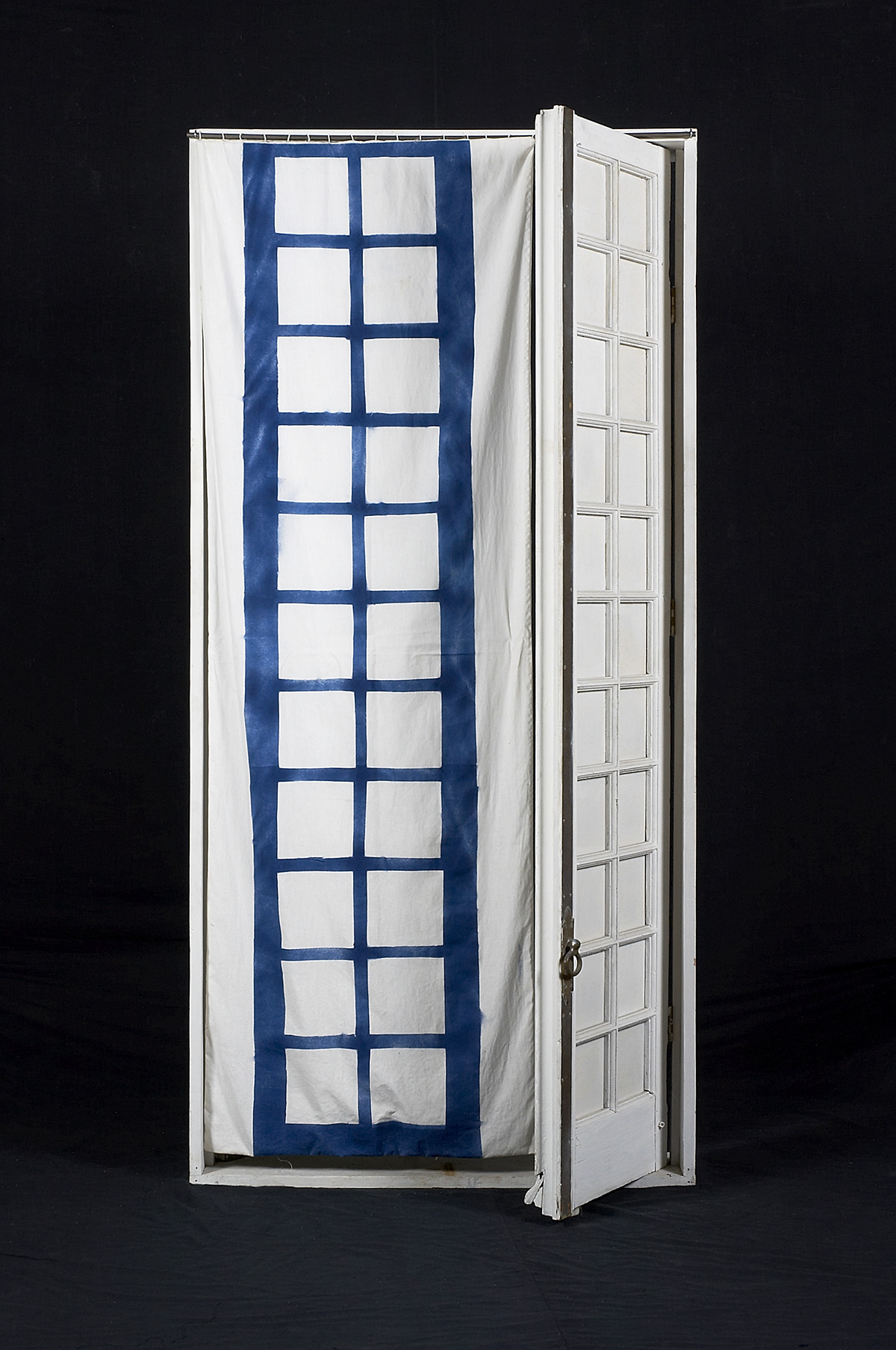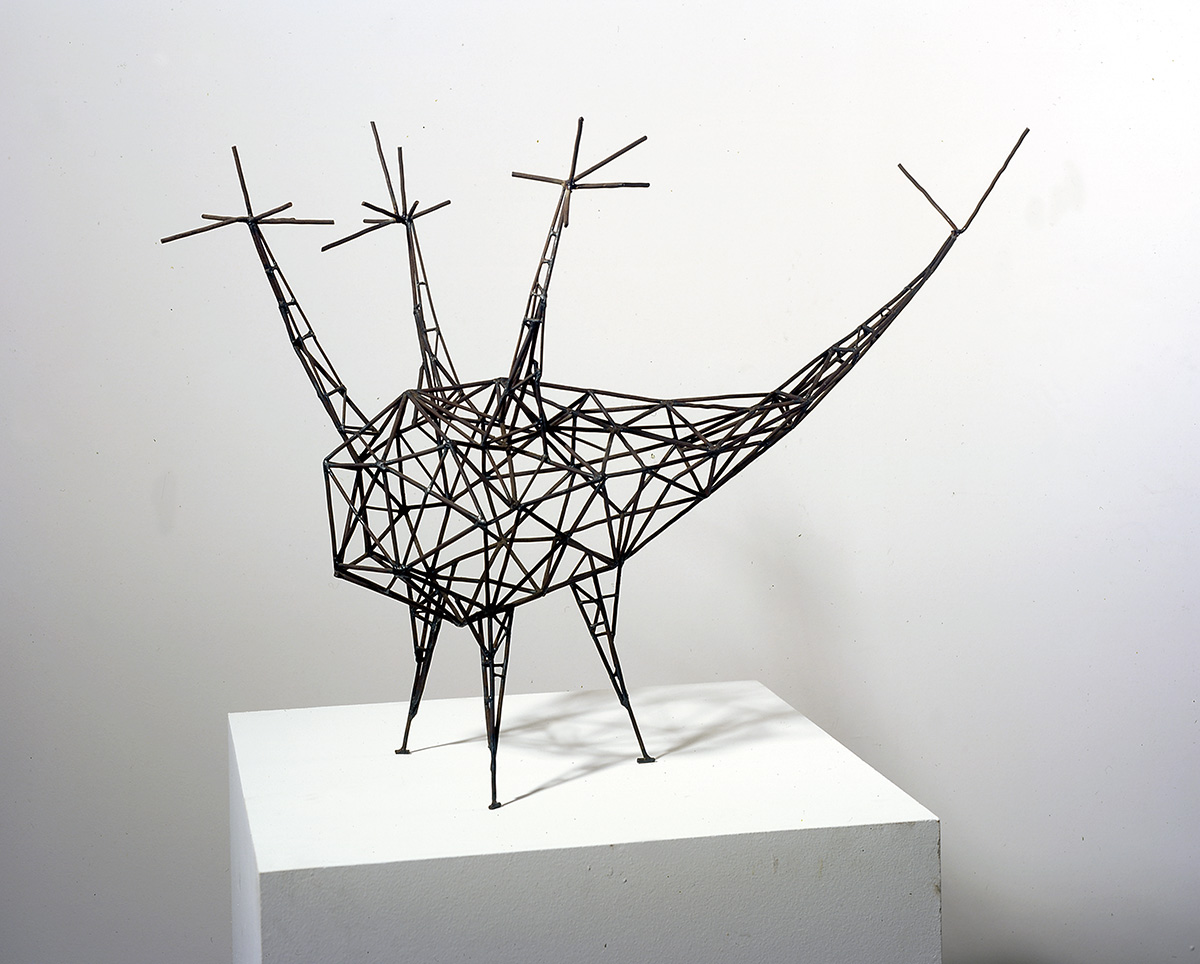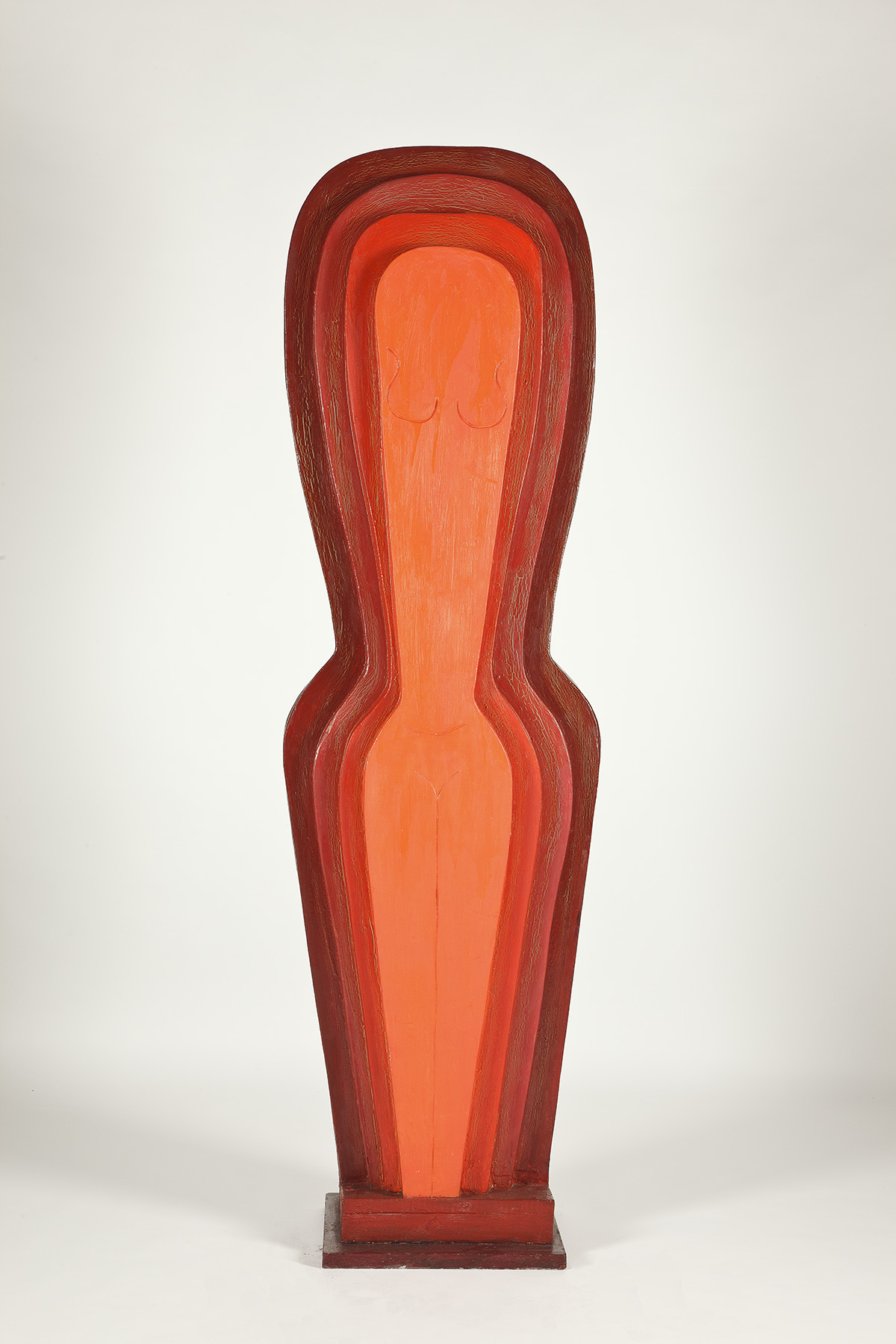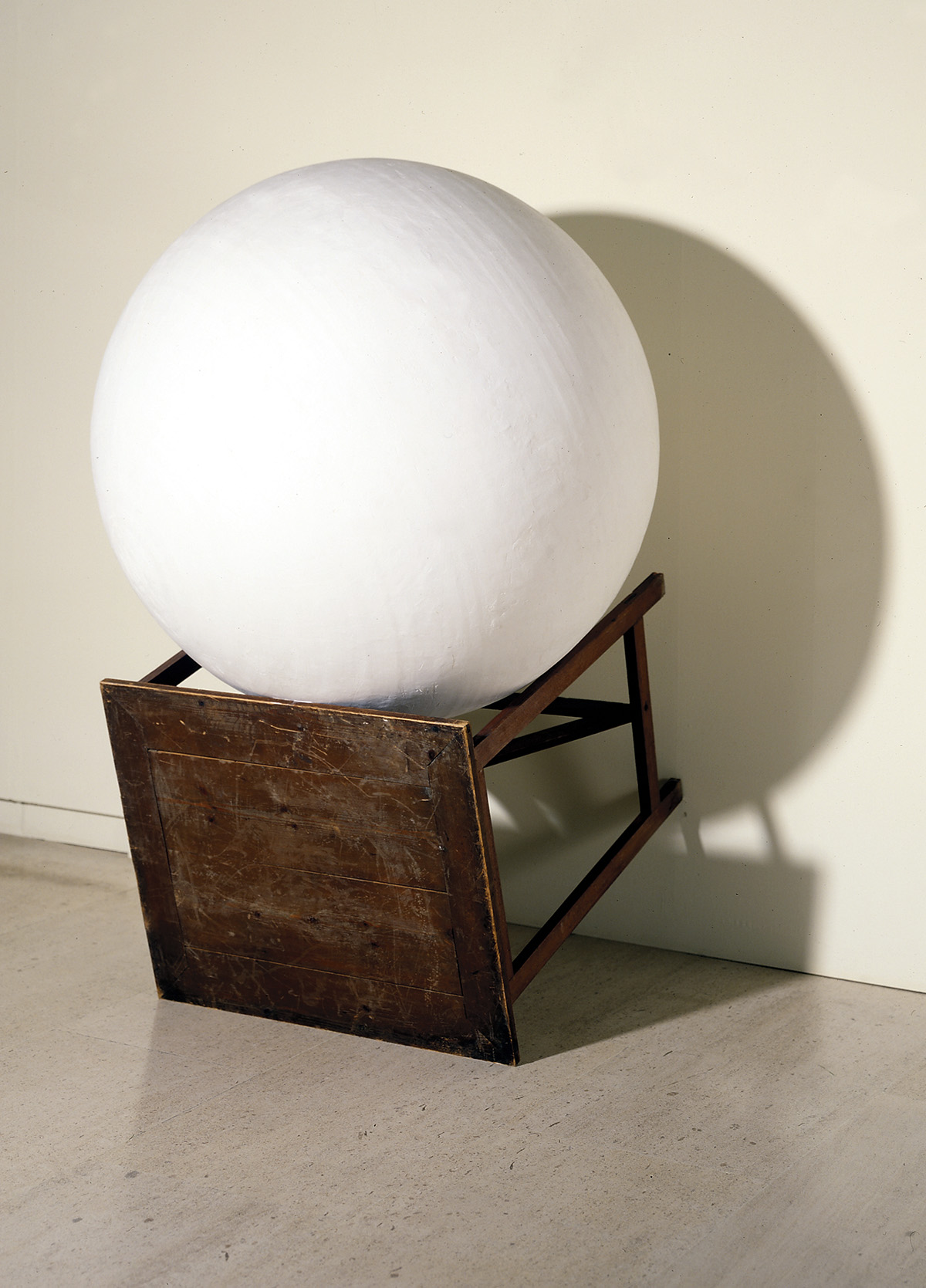Portugal em Flagrante
Event Slider
Date
- Mon, Wed, Thu, Fri, Sat and Sun,
Location
Modern Collection R. Dr. Nicolau Bettencourt, Lisbon“Portugal em Flagrante” is a semi-permanent exhibition of the Museu Calouste Gulbenkian’s Modern Collection designed to offer an introduction to the history of art and culture in Portugal during the twentieth century.
It is the first comprehensive presentation of this collection for more than 25 years and shows a representative selection of works by Portuguese artists, produced both in Portugal and abroad, alongside various pieces by international artists. The exhibition is spread over the three main galleries, and on each floor there is a chronological progression, from the beginning of the twentieth century to the present day. Each floor is also dedicated to a specific artistic form of expression: paper on Floor 01, painting on Floor 1 and sculpture on the main floor. As the title (Portugal Exposed) suggests, this is an opportunity to discover more about Portugal and its history in relation to the Collection.
Unveiled over the last few months, through three different moments, this presentation concludes in March 2017 with the opening of Operation 3. This third moment fills the main hall of the Modern Collection building with an important group of works that includes sculpture, installation, film and some two-dimensional works. The chronological presentation will be brought to life by marked differences in scale and visual language, by a path that twists and turns through this usually open space, and by precise and meaningful relationships between two and three dimensions. Among the artists represented, there are works by Leopoldo de Almeida, Francisco Franco, Canto da Maya, Marcelino Vespeira, Hein Semke, Jorge Vieira, José Pedro Croft and Miguel Palma.
Operation 2, which opened to the public in November 2017, saw the addition of a selection of paintings on the upper floor of the building. The chronological progression of Operation 2 is marked by six key moments: a survey of the first three decades based around the 1930 Exposição dos Independentes [Independents Exhibition]; various Surrealist experiments; the new figuration/abstraction of the 1960s; the Alternativa Zero exhibition and developments in art in the 1970s; the international exhibition Diálogo and the euphoric years of the 1980s; the final decade of the twentieth century, and the first ten years of the new millennium.
Portuguese artists were often keen to travel beyond Portugal and head for major centres for art – first Paris, then London and finally Berlin and New York. They were frequently supported in this by grants from the Calouste Gulbenkian Foundation, awarded since 1957, and subsequently returned to Portugal and/or developed international careers. This constant movement gave rise to notable events, experiments and works, whose internal (‘Em Casa’ [At Home]) and external (‘Lá Fora’ [Out There]) facets are evoked by a rhythmic progression of texts and images. From Amadeo de Sousa-Cardozo, José de Almada Negreiros, Mário Eloy and Eduardo Viana to Gil Heitor Cortesão, João Louro and Isabel Simões, by way of Mário Cesariny, Maria Helena Vieira da Silva, Paula Rego, Lourdes Castro, António Areal, António Dacosta, Álvaro Lapa and Julião Sarmento, to name a few, Operation 2 frames the museum’s collection of twentieth- and twenty-first-century painting within the broader context of this permanent migration and intersection of cultures. It is for this reason, too, that a number of foreign artists have also been included.
Operation 1 is presented on the lower floor of the building and consists of works on paper from the collection, complemented by documentation from the Calouste Gulbenkian Foundation’s Art Library. In this space, and the accompanying publication, the backbone of the entire exhibition is set out through a more in-depth presentation of a number of political, social, cultural and artistic issues that are key to a better understanding of the twentieth century and the first years of the twenty-first century in Portugal. The underlying chronological perspective is supplemented by information that makes it possible to gain a greater insight into artistic creation as driver and sounding board of Portuguese history since 1900.
